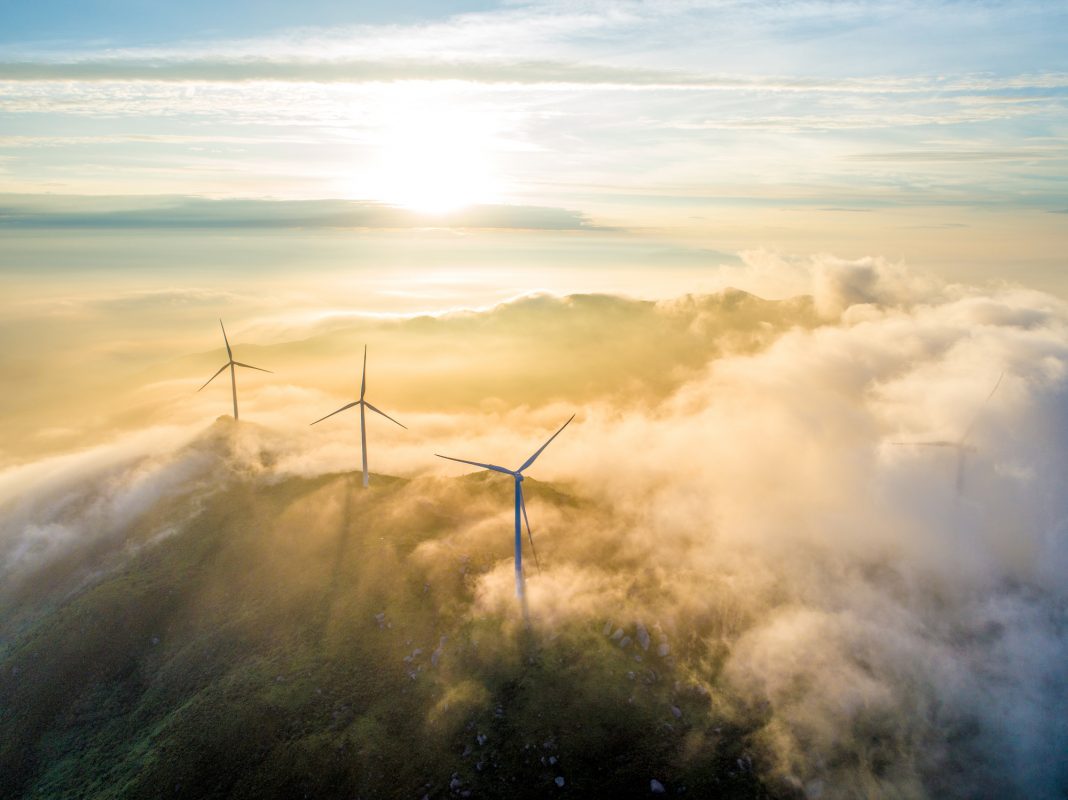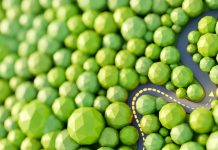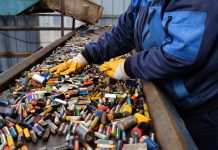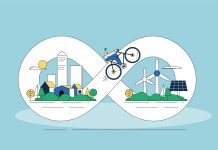Ed de Jong, Vice President of Development at Avantium, argues the case for accelerating the European circular bioeconomy in 2023
The European circular bioeconomy faces its pivotal moment as we edge closer to the EU’s 2050 carbon neutrality target. With warnings about climate tipping points (a term introduced by the IPCC 20 years ago) dominating the news agenda, the urgency has never been greater. We are very much in a climate crisis.
For Europe, commitment to climate action has taken the form of European bioeconomy strategies focusing on a circular bioeconomy – the concept of a renewable system pairing essentials such as food, land, materials and health with nature. This means the key to reaching circularity is the biodiversity around us. However, the next step will be how we come together to use our resources and knowledge collectively in the right way.
A centralised set of long-term goals, established with a clear European strategy, must co-exist with an economic model that can facilitate it. There must be a contribution from the broader political and economic influences to help create a viable, sustainable bioeconomy.
What preparations are needed to reach climate goals?
The message is clear with the EU 2030 climate targets and the subsequent climate neutrality by 2050 goal. To reach such end goals, there must be equal contribution and effort across the board – from businesses to scientists, innovators to political figures, citizens to consumers. Each has a powerful influence to take the steps towards a viable solution and will be most effective if done collaboratively.
The key is to make incremental steps towards circular change rather than take on too big a project too soon.
Moreover, this requires diverse innovation and thinking to cover the broad spectrum of a fully circular bioeconomy. For example, currently, only 9% of plastic waste is recycled, and 22% is mismanaged. In comparison, global livestock production makes up 14.5% of all anthropogenic emissions, according to the Food and Agriculture Organization (FAO) of the United Nations. While you can decarbonise the energy sector with wind, solar and thermal energy, the same cannot be said for the materials sector. The only way is to de-fossilise the materials industry, meaning that materials need to be recycled, and new carbon can be introduced via biomass and CO2.
Additionally, around 80% of the world’s energy is supplied by fossil fuels – not to mention fossil reliance on plastics and other materials – indicating an immediate need for renewable polymers and chemistries.
Materials and their relative importance in a net-zero society will only increase over time. It’s clear that one sustainable approach alone will not have the strength or ability to carry us to a climate-neutral, European circular bioeconomy.
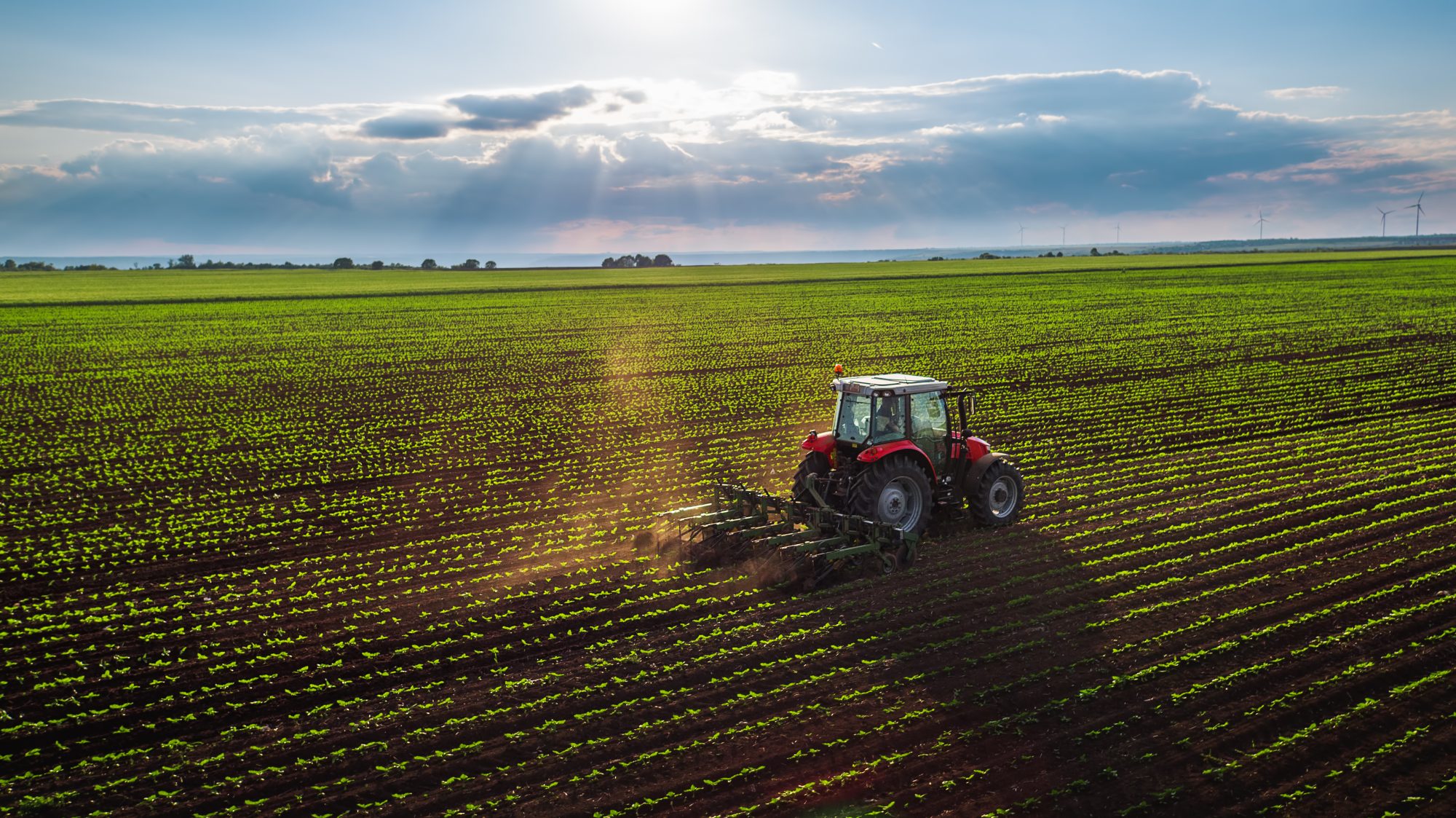
Forming the next generation of partnerships & projects
Evidence is growing that partnerships achieve more sustainability successes, collective targets boost our progress, and solid projects help to innovate sustainable practices further. However, businesses must seek partners whose values and direction align with their own to help enable our world to reach these possibilities, forming mutual understanding rather than one-time interactions. The likes of offtake agreements – where a producer and buyer agree to purchase part of the producer’s upcoming goods – and progress with sustainable applications are not possible without the commitment of like-minded partners who can provide the extra resource and unique perspective to grow projects.
Additionally, partnerships are vital to increasing visibility across the value chain and making partners more accessible by explaining the business propositions you are pursuing. Being an active force in the journey towards a European circular bioeconomy illustrates your side of the commitment and represents trustworthiness for potential partners.
Collaboration and partnerships are not without their pains. Legislation and regulation, particularly in the early stages, provide a seemingly endless list of boxes to tick. However, reminding ourselves of the needs in the value chain to be tackled and deepening this understanding can bring clarity among the jargon.
This visibility can also benefit the likelihood of receiving national and EU grants necessary for many organisations to achieve their circular ambitions. But this isn’t a level- playing field for everyone, fossil versus non-fossil and biofuels versus biomaterials. Costs, such as environmental and health, are generally not calculated for fossil materials, and so they still get subsidised. While funding possibilities are not always an easy thing to come by for non-fossil alternatives. To reach a European circular bioeconomy, this playing field must be levelled to give all a chance.
In the proposed Packaging and Packaging Waste Regulation, currently, only a target for recycling exists. Introducing further targets for biobased and CO2-based materials helps us achieve a climate-neutral future sooner and reminds us of the important role these materials should have alongside recycling. Avantium is an example of an organisation that focuses on these biobased and CO2-based materials that are circular by design and, therefore, recyclable too.
Achieving a European circular bioeconomy
We know what is needed to achieve a circular bioeconomy; we have the tools, the knowledge and the willpower, but we must do this collectively. We need to level the playing field for alternatives to be developed and supported, and long-term goals must be agreed upon and measured universally.
Of course, a clear European strategy that focuses on the circularity of a renewable system must be at the heart of this. But moreover, we must work with other stakeholders to encourage an economic model to support the circular mission best.

